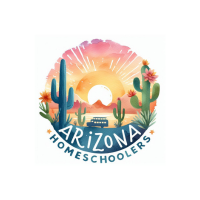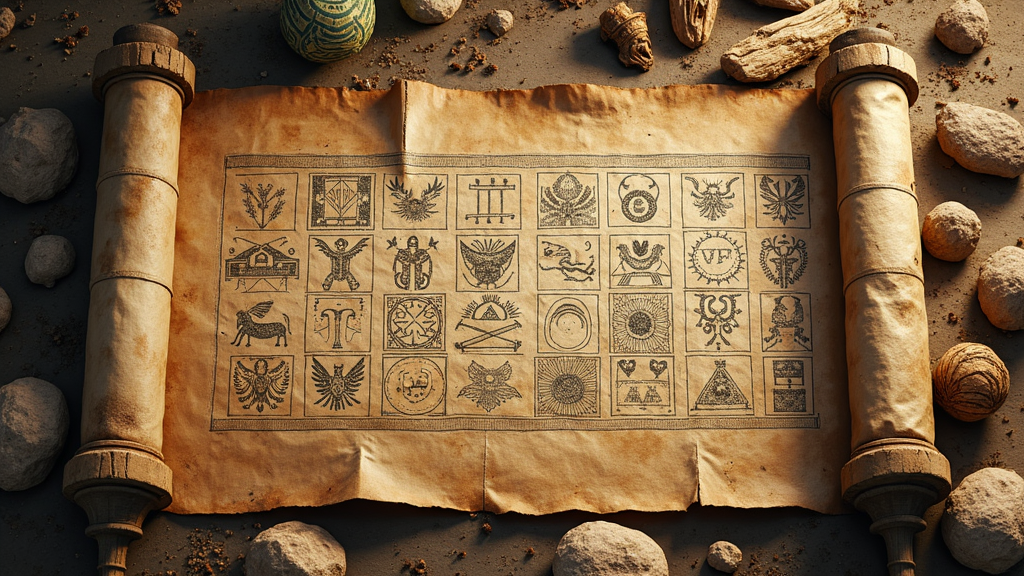Introduction
Mythology offers a vivid window into the wisdom of ancient cultures. In homeschooling, incorporating these legendary narratives creates a learning environment that is both engaging and insightful. When ancient tales are shared, they spark curiosity and help students see clear connections between history and modern life. Bringing these timeless stories into your curriculum not only makes lessons more fascinating but also provides practical insights that encourage creative thinking and emotional growth.
This article explains how myths provide powerful lessons for today’s homeschoolers. It outlines why these age-old narratives remain relevant, offers practical methods for smoothly adding mythic themes to lessons, and shares ideas to make the experience interactive and memorable. Prepare to stumble upon ideas that can transform routine study into an exciting adventure where every lesson inspires creative thought and meaningful discussion.
This post may contain affiliate links. When you click and purchase from any of our links, we may get a small commission at no extra cost to you. For more information, please see our affiliate disclosure.
The Ancient Connection: Mythology and Homeschooling
Mythology is much more than a collection of strange stories from a distant past. It serves as a treasure trove of ethical lessons, challenges, and inspiring acts of courage. Myths explore fate, human desire, and the forces of nature, offering insights that help bridge ancient wisdom and modern experiences. For homeschoolers, these narratives create a solid connection between the values of early civilizations and the issues faced today. By examining these classic tales, students not only learn about the past but also pick up lessons that echo into modern life. This approach makes academic study more dynamic and encourages learners to look at history with fresh eyes.
Practical Ways for Exploring Mythology in Your Homeschool Curriculum
Incorporating mythology into a homeschool curriculum doesn’t require a full curriculum overhaul; small adjustments can have a big impact. One practical method is storytelling. Reading mythological narratives aloud brings to life heroic quests, dramatic twists, and moral dilemmas. After a story, encourage students to discuss what choices they might have made if they were the hero. Asking questions like “What lesson does this journey teach us?” or “How does this myth relate to challenges today?” helps spark lively discussion and deep thought.
Another effective strategy is to integrate art and hands‐on projects. Students might draw symbols or create crafts that represent elements of a myth, reinforcing both creativity and comprehension. Role‐playing key scenes can also transform an old tale into an interactive lesson, allowing learners to act out pivotal moments. This approach makes the material more concrete and relatable, and it smooths the way for a curriculum that blends literature, social studies, and art into one engaging experience.
Ancient Lessons and Modern Implications
Ancient myths hold lessons that still resonate today. Themes of honor, sacrifice, and community echo through these timeless narratives, offering guidance that is very important in modern life. Whether it’s a hero overcoming great adversity or characters learning from their mistakes, these stories show that challenges are opportunities for growth. By discussing the decisions and values displayed in myths, students learn that the journey through hardship can lead to personal triumph. Such ancient lessons help build empathy and encourage a thoughtful examination of life’s obstacles, inspiring learners to apply these insights to their own experiences.
Storytelling Strategies for a Dynamic Curriculum
Creating a dynamic learning atmosphere is key to making mythology engaging for homeschool students. Storytelling goes beyond reading words from a page—it calls for active participation. Start by reading epic narratives aloud with expressive tones to capture the mood. Follow up with discussions that break the story down into its key themes. Ask students what lessons they were able to spot and which character decisions stood out the most. Activities such as drawing scenes or creating simple props bring visual elements into the mix.
Role-playing is another excellent technique. Allow children to act out crucial scenes from a myth to experience the emotions and challenges of the characters. These interactive activities not only help commit the narrative to memory but also encourage critical thinking by prompting learners to consider alternatives and consequences. This approach turns each lesson into a hands-on, next-level cool experience that motivates students to engage fully with the material.
Engaging with Myths: Interactive Projects and Discussions
Encouraging students to take an active role in their learning leads to deeper connections with the material. One effective way to do this is to assign projects where students create their own myth-inspired stories or dioramas. These activities transform abstract concepts into something tangible that they can interact with. When students work on such projects, they are prompted to think carefully about each element of the story—from setting and character to conflict and resolution.
Group discussions further enhance understanding. When learners share personal interpretations and compare viewpoints, they build valuable communication skills while appreciating the diverse lessons hidden in each myth. Such exchanges help them connect the dots between symbolic imagery and practical lessons, allowing them to jump into topics in a way that feels natural and engaging.
Integrating Mythical Themes into Everyday Homeschool Lessons
Mythical themes can be seamlessly woven into multiple subjects. In history lessons, myths provide context for ancient civilizations and help bring the past to life. In literature, the rich narratives and symbolism offer material ripe for analysis. Even science lessons can benefit; discussing how early cultures explained natural phenomena offers a unique perspective that complements modern discoveries. By tying together these different subjects, educators can create a curriculum that shows how art, history, and science are interrelated.
This integrative approach helps students see that learning is interconnected. They not only absorb factual knowledge but also come to appreciate the broader context of ideas—a perspective that enriches every part of the academic experience.
Using Ancient Lessons to Foster Critical Thinking
Ancient myths are filled with moral dilemmas and complex characters, making them ideal for cultivating critical thinking. By evaluating the actions and motivations of mythological figures, students learn to weigh evidence and form well-reasoned opinions. Comparing these events to modern narratives enables learners to assess moral choices in varied contexts. When students debate a myth’s resolution or the justification for a character’s decision, they build analytical skills that go beyond the classroom.
This process of questioning and analysis not only deepens their understanding of the material but also equips them with the tools to make thoughtful decisions in everyday life. Such critical engagement with ancient stories prepares learners to navigate a world filled with complex challenges and varying perspectives.
The Rich Tapestry of Ancient Myths: A Closer Look
Each myth functions like a thread in a vast tapestry of human experience. From the epic poems of ancient civilizations to the layered narratives from Greek, Norse, and Egyptian traditions, these stories weave together themes of heroism, tragedy, humor, and wisdom. Taking a closer look allows students to appreciate how simple symbols and recurring motifs capture the complexities of life.
An in-depth session devoted to a single myth can be very rewarding. Break the narrative down into its core components—the setting, characters, conflicts, and resolutions. Activities like story mapping or character analysis can help reveal the recurring themes that make these ancient tales enduringly relevant. Such detailed exploration enables students to pick up on subtle messages hidden within the story, bridging the past with modern insights in a tangible and memorable way.
Overcoming Challenges in Teaching Mythology
Introducing mythology into a homeschool curriculum comes with its own set of challenges. Some students may initially struggle with the archaic language or unfamiliar cultural references found in ancient texts. To address this, begin with shorter, simpler myths that build a foundation of understanding before progressing to more intricate stories.
Visual aids such as maps or simplified diagrams of mythological family trees can help clarify relationships and settings, making complex narratives easier to grasp. Dividing lessons into shorter segments with interspersed discussions or creative projects can further maintain focus and engagement. By addressing potential difficulties with patience and creative strategies, educators can turn obstacles into opportunities for deeper learning and appreciation of cultural heritage.
This flexible teaching approach ensures that every myth becomes a stepping stone—one that not only imparts historical knowledge but also encourages empathy, critical thought, and a strong connection to the human experience.
Final Thoughts
The experience of weaving mythology into a homeschool curriculum is transformative. Ancient lessons bring together wonder and practical wisdom, turning everyday study into an adventure that bridges past and present. When mythic narratives are shared, they inspire students to think critically, develop empathy, and appreciate history in a personal way. Each myth offers a chance to discuss life’s big questions through engaging stories that resonate with modern challenges.
By reinventing lessons with creative methods—whether through dynamic storytelling, interactive projects, or thoughtful discussion—educators help students see that while these stories are centuries old, their lessons remain fresh and full of meaning. With careful planning and a passion for discovery, mythology can reshape how students perceive the world, setting the stage for lifelong curiosity and learning.
Additional Resources
- Article – Mythology and Its Modern Lessons
- Books – A List of Mythology Books for Sale on Amazon
- Article – Smoothly Transitioning From Kindergarten To First Grade
When you click and purchase from any of our links, we may get a small commission at no extra cost to you. For more information, please see our affiliate disclosure.


